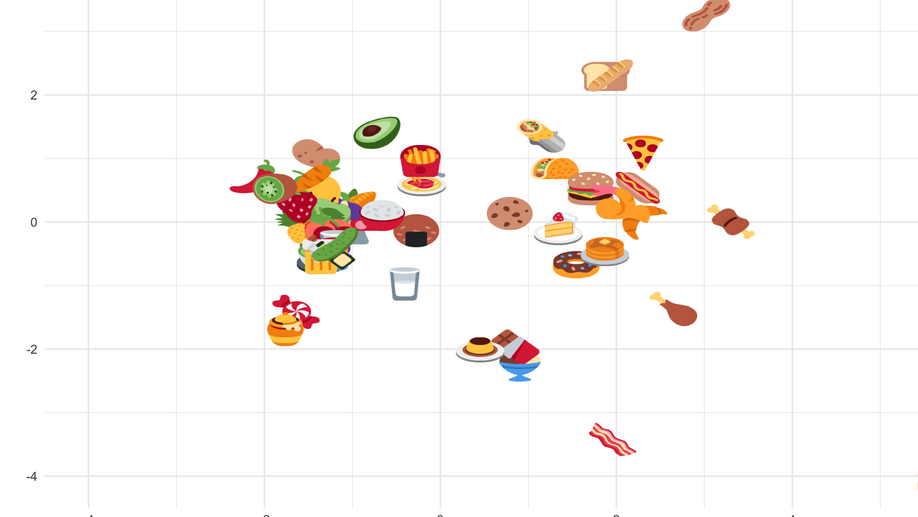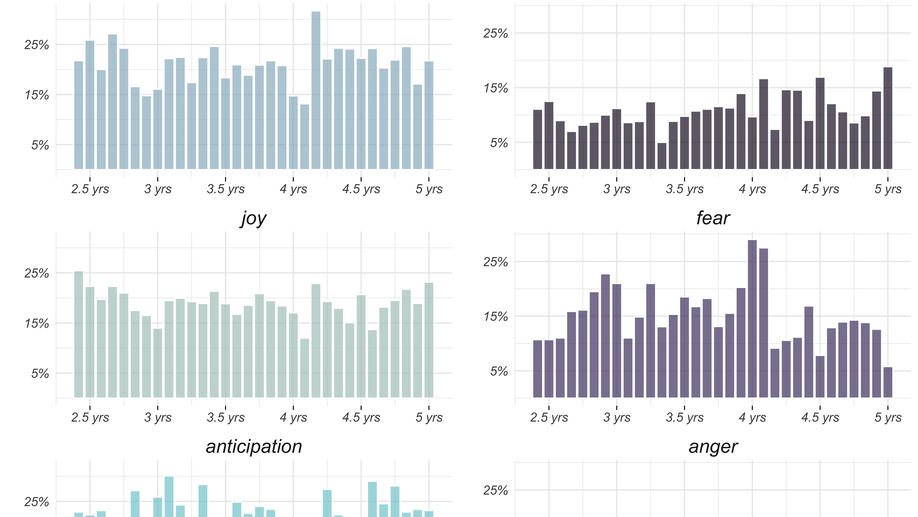Grace Lawley
Visiting Professor
Data Science and Statistics
Lewis & Clark College
I am a Visiting Professor in Data Science and Statistics at Lewis & Clark College in Portland, Oregon. I earned my PhD in Computer Science & Engineering from Oregon Health & Science University (OHSU) in 2024 and hold a BA in Mathematics from Lewis & Clark College.
My areas of interest include data science, statistics, and computational linguistics. My PhD research focused on the development of computational and statistical methods to detect and quantify different aspects of the language of children with Autism Spectrum Disorder. You can read more about work in the following papers that I presented at SIGDIAL in September 2023: “A Statistical Approach for Quantifying Group Difference in Topic Distributions Using Clinical Discourse Samples” and “Computational Analysis of Backchannel Usage and Overlap Length in Autistic Children” .
I am also a contractor at Posit (formerly known as RStudio), where I work as a Data Science Mentor for Posit Academy . There I lead data science courses in R and Python for working professionals from a wide range of industries and backgrounds.
Interests
- Computational Linguistics
- R, Python
- Data Science, Data Visualization
- Statistics, Discrete Math
- Speech & Language Disorders
Education
-
PhD in Computer Science & Engineering, 2024
Oregon Health & Science University
-
BA in Mathematics, 2017
Lewis & Clark College


